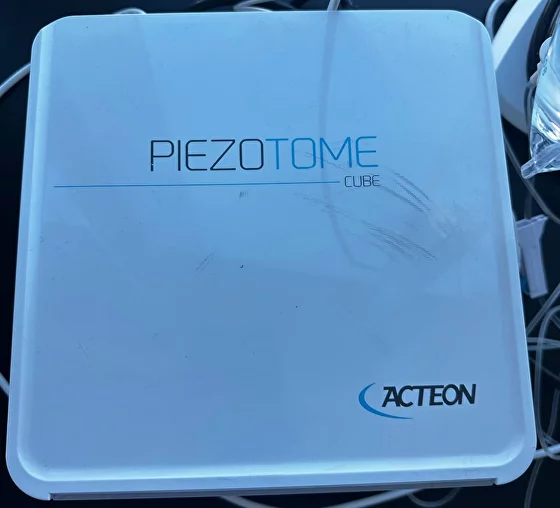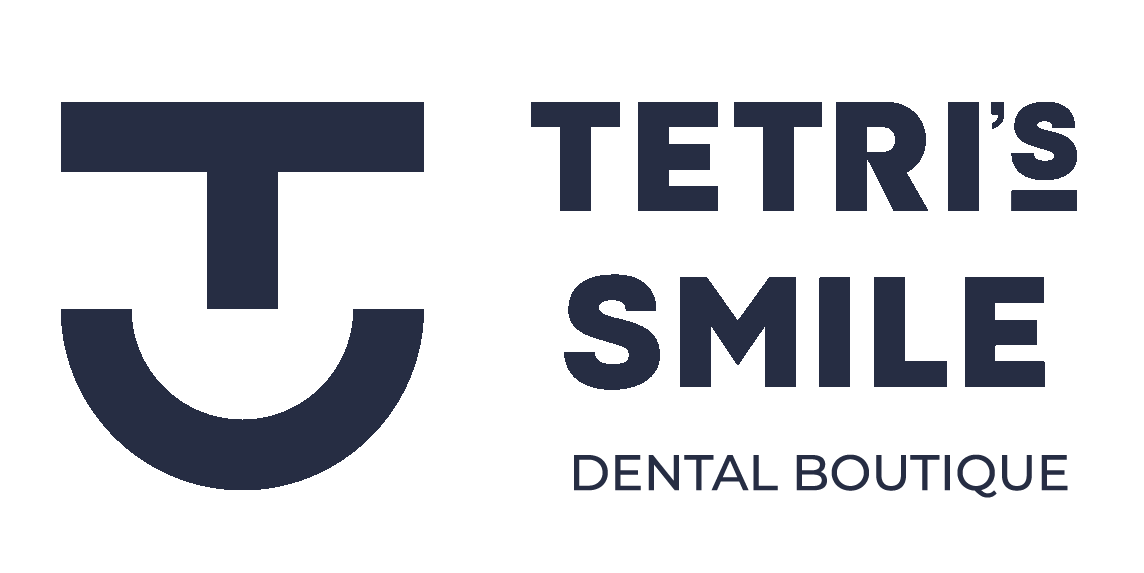Piezocision: Express Orthodontic Treatment
At Tetri’s Smile, we perform orthodontic treatment using the Piezocision procedure, which is four times faster than the traditional orthodontic treatment.
Do you want to achieve a beautiful smile as quickly as possible, without having to wear braces or aligners for a long time? Come to Tetri’s Smile!

Get the desired result in less time!
Orthodontic treatment with Piezocision can reduce the duration of bite correction anomalies by 4 times. What does this mean?
Usually, you have to wear braces for 18 months, but we can reduce this period to 4-5 months!
How does Piezocision in orthodontics work?
A piezotome (ultrasonic scalpel) is used to impact specific points on the bone tissue between the roots of the teeth. Our specialist makes vertical three-millimeter cuts.
This triggers an accelerated localized process of bone remodeling (Rapid Acceleratory Phenomenon) due to selective decortication of the alveolar process (violation of the integrity of the compact layer). The bone becomes malleable, and its resistance decreases. Teeth begin to move a lot faster under the pressure of a metal arc of the braces.

Traditional orthodontic treatment takes a long time because of the slow remodeling of the alveolar bone and periodontal ligament when the arc is applied to the teeth. Piezocision helps clinically accelerate this biological process!
The surgery must be performed by a board-certified periodontal surgeon.
At Tetri’s Smile, Piezocision is performed by Dr. Baruch Tetri – a board certified periodontist and gum surgeon (gum grafting, soft tissue grafting, soft tissue recession control).
Advantages of using a piezotome
- No detachment of the mucosal-periosteal flap (no rehabilitation period)
- Accelerated healing of the gingiva due to the low invasiveness of the ultrasound tip
- No damage to the periodontium, pulp, and tooth roots due to a planned depth of penetration
- Preservation of the nutritional function of the bone within the spongy substance (no risk of necrosis)
- Reducing the risk of postoperative complications.
What are the advantages of accelerated orthodontics?
It’s not easy to clean your teeth thoroughly with braces. Often, patients neglect oral hygiene, which leads to the development of tooth decay under braces.
Orthodontic treatment in combination with Piezodontics takes an average of 3-4 months (maximum 9 months in complicated clinical cases). This helps to avoid the risk of tooth decay that occurs when orthodontic structures are used for extended periods.
Piezocision reduces to zero the risks of complications after traditional orthodontic treatment: root resorption, exposure of the tooth root area (gingival recession).
FAQ
The incisions are made under local anesthesia, so the patient does not experience pain. There are no complications during recovery. Within 2–3 days after surgery, there may be mild discomfort that can be easily alleviated by painkillers prescribed by the doctor.
No, clinical studies have not confirmed the negative effects of Piezocision on the periodontium. It is a minimally invasive, well predictable surgical procedure that does not require long rehabilitation.
Orthodontic treatment accelerated by Piezocision is not performed on patients:
- With metabolic bone diseases
- Who take bisphosphonates / undergo long-term corticosteroid treatment
- With chronic diseases that prevent any surgical operations.
With traditional treatment, the aligners are changed every two weeks, but in accelerated treatment, they are changed twice a week.

